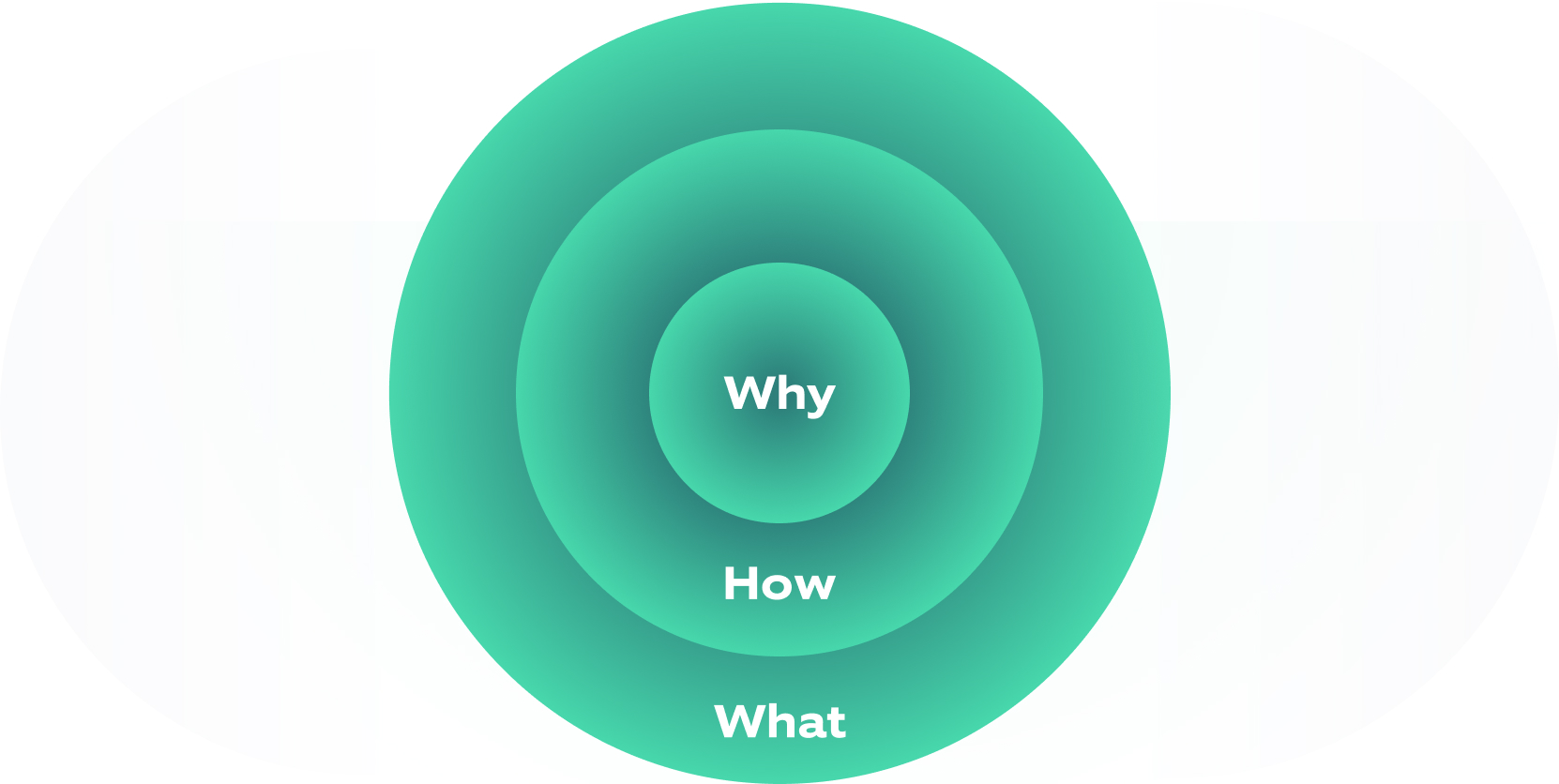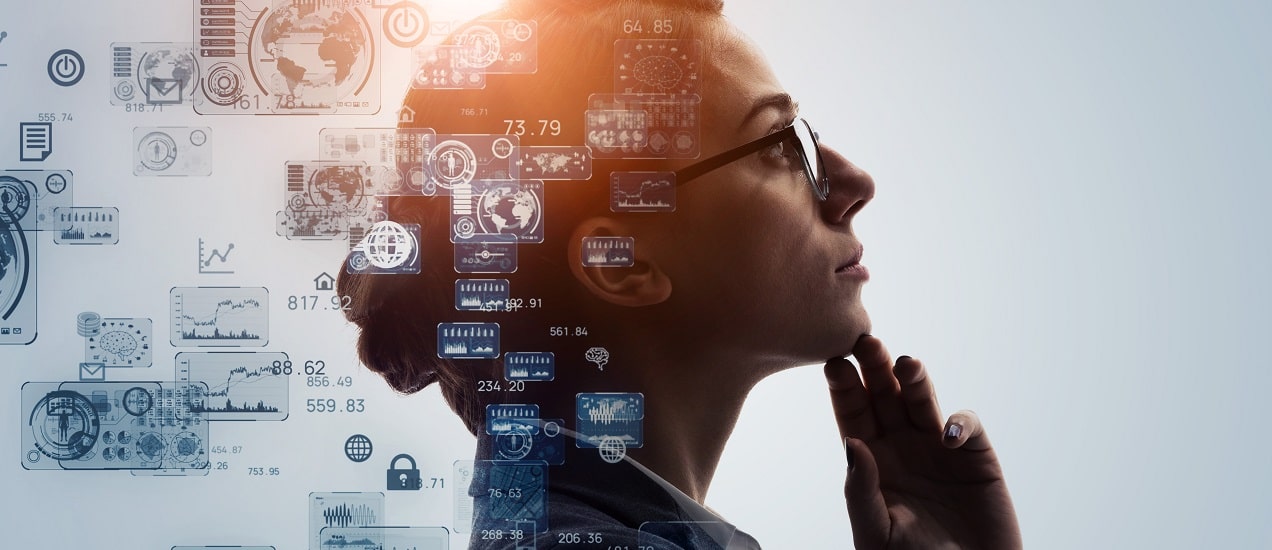They might have 'non-profit' in their name, which doesn't mean they cannot benefit from Business Intelligence (BI). Their dedication to work for a social cause makes it all the more important for them to have proper BI tools and techniques to achieve valuable insights and improve how they work.
So what is Business Intelligence? Here's a clear and simple definition:
“BI is about providing the right data at the right time to the right people so that they can take the right decisions” – Nic Smith, Microsoft BI Solutions Marketing
Actionable business insights need to be leveraged to maintain a competitive advantage in this digital era. This is where BI holds all the aces, with its processes of transforming data into valuable insights across many industries.
Non-profits have yet to reach their optimum potential in this area. This is evident in responses given by over 460 non-profits in a survey. Over 60% of respondents confirmed they seldom use the data for decision-making. Additionally, as per Salesforce's non-profit trends report, 72% of respondents say their donors expect remote access to their key impact KPIs, emphasizing data's ever-increasing importance.
Let's figure out why non-profits must start their BI journey and understand the why, how, and what a successful BI strategy is.
Why aren't non-profits taking advantage of actionable data insights?
According to Simon Sinek's Golden Circle theory, almost all organizations know what they do, many know how they do it, but very few know why.
The focus on "Why" brings that elusive, differentiating success.
In the case of BI, non-profits often struggle to articulate the exact answer to "Why." The outside-in approach followed by most non-profits burns them out in the "What" and "How" cycles themselves, without making much difference in their operations.
Eventually, despite collecting a massive amount of data, non-profits face challenges such as:
- Underperforming campaigns
- Low prospects to donor conversion
- Less volunteer engagement
- Difficulty in managing finances

Start with 'Why'
'Why' is the most critical question when envisioning the business intelligence roadmap. Here are some very pertinent reasons why non-profits must be encouraged to plan their BI strategy:
Data, data everywhere!
A lot of non-profit data like donor profiles, expense reports, website visits, etc., are scattered across locations and formats. Manually combining this data is a tedious process, and often, by the time all this data is ready after being collected and collated, it becomes outdated. What a waste of precious time and effort!
Business intelligence offers a comprehensive view of this disparate data in much lesser time. This helps in making informed decisions and delivering a valuable impact.
It's more than just information
Today, BI has evolved from a retrospective commentary on your past performances into a more advanced, forward-looking system. It is a sophisticated blend of different data analysis techniques, strategies, and technologies that deliver greater value.
In mathematical terms: BI = Data + Strategies + Technologies
Above all, it allows you to quickly and easily answer some of the most crucial questions:
- How to retain existing donors and bring in new donors?
- Did the outreach campaigns perform well, and which digital touchpoints were the most effective?
- What do we need to change to build our fundraising pipeline for the current year?
The first step is to identify the questions you require answers to and then build your strategy. Here's a trick that you can apply to identify and categorize the crucial questions:
Use your 3 Ps:
- People – Donors, volunteers, staff, beneficiaries, etc.
- Process – Operations, finances, marketing, etc.
- Purpose – Mission, goals, objectives, etc.
Focus your 'Why' around these 3Ps and list the key questions you want to answer with BI.
.png?width=763&name=MicrosoftTeams-image%20(6).png)
Now, the 'How'
After identifying the vision, the next part of the puzzle is to determine how BI can help transform data into something meaningful. Here are a few such ways:
Enrich the data
Before applying BI, use intelligent data integration and advanced data transformation techniques to make raw data accurate and reliable. For example, donor data enriched with wealth, demographic, biographic, lifestyle, and other data points, gives a more accurate picture for decision-making. This helps understand the existing donor base and provides ways to identify new donors.
Analyze it
The curated and organized data is nothing if you do not analyze it to identify meaningful patterns or interesting trends. Analytic techniques such as descriptive, predictive, and prescriptive analysis can help non-profits in many ways:
- Descriptive analysis offers a picture of what has happened over a period. This might include analyzing donor demographics, charitable giving analysis, new donor trends, etc.
- Predictive analysis anticipates future outcomes based on trends. Examples: Applying predictive modeling in strategy and planning, major giving, and planned giving programs.
- Prescriptive analysis provides a course of action based on the forecasted outcomes, for example, where campaign efforts will likely perform better or which volunteers will be more receptive to upcoming events.
%20(1).png?width=763&name=MicrosoftTeams-image%20(3)%20(1).png)

Visualize and report
Data visualization is a compelling and useful way to understand complex information easily.
Dashboards deliver important reporting needs to different stakeholders at central locations. These reporting needs could be the key performance indicators (KPIs) for non-profits' fundraising campaigns or other operational metrics and data points. They are equipped with drill-down capabilities and filters, and these dashboards allow a more focused view of the presented data.
Designing and setting up reports for BI reporting is usually a one-time activity. Once configured, such reports can be scheduled or run on-demand. The reports are delivered automatically to the set distribution list. BI saves a lot of manual effort involved in this entire process, making it much more efficient through this automation.
Invest enough thought in your 'What'
With the right vision and toolsets, non-profits can improve their operations significantly with refined resources such as visual dashboards and quick reports. The decision-makers can keep a tab on what they do, pivot around roadblocks, and achieve benefits in many ways. Some examples:
Transparency and communication:
- An enhanced and efficient reporting system for internal and external stakeholders
- Personalized communication and content automation as per real-time behavior
Improved operational efficiency:
- Forecasting models for identifying risk and roadblocks.
- Prioritization of issues.
Better stakeholder & program management:
- Effectively managing the acquisition, retention, and evaluation of new donors/volunteers
- Extracting better insights from digital interaction touchpoints, like social media
- Tracking campaign effectiveness and aligning donor interest.
- Generating a constant stream of newly qualified donors.
Coming full circle to our golden circle
When done right, the golden circle reflects the entire BI strategy in well-defined ideas:

| Why BI? | Relieve 3Ps (People, Process, Purpose) from their focus pain areas |
| How to use it? | Through strategies, best practices for data processing and visualization |
| What do we get? |
Actionable insights for making data-driven decisions |
How can Nagarro help?
Non-profits are in a constant conundrum where:
- individuals want to donate, but non-profits are short on funds
- non-profits struggle to recruit volunteers, even though the world is full of people willing to serve
- despite non-profits' best efforts, beneficiaries are not receiving timely assistance
When faced with such questions, the best bet is to become better at what we do and make the right decisions.
Are you looking to begin your business intelligence journey or aim to strengthen your existing processes? The good news is that Nagarro can help. Nagarro has a powerful base in BI, where we actively help various non-profits with our strategic and insightful solutions. We have worked extensively in areas such as analytics for donors/major gifts, fundraising/event campaigns, volunteers, potential prospects/opportunity, leads, donor behavior analysis (donor retention), channel and website analytics, and more. The bad news is that you could lose out on all this if you don't reach out.
So, if you are a non-profit considering business intelligence solutions, our BI experts can help nail down the right BI strategy to reap all its benefits. Contact us today!







